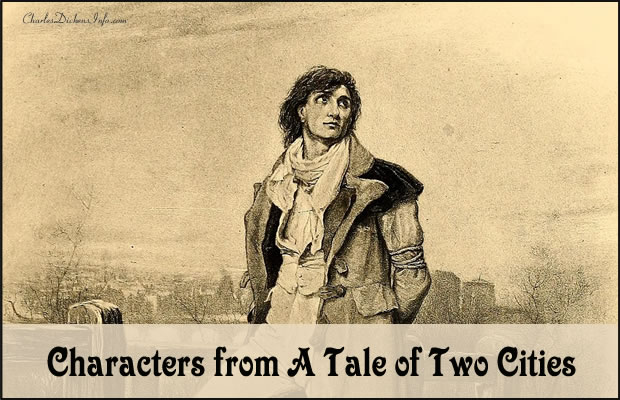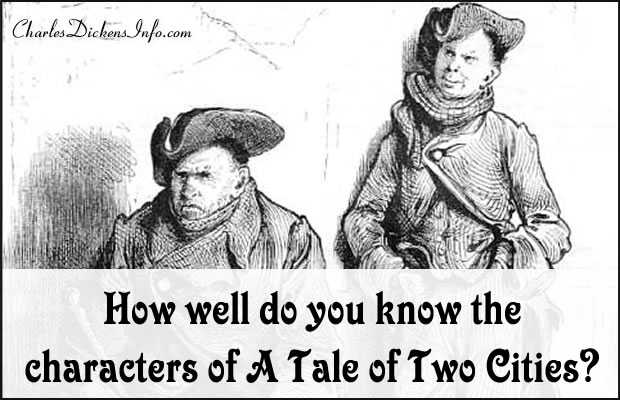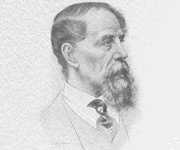A Tale of Two Cities
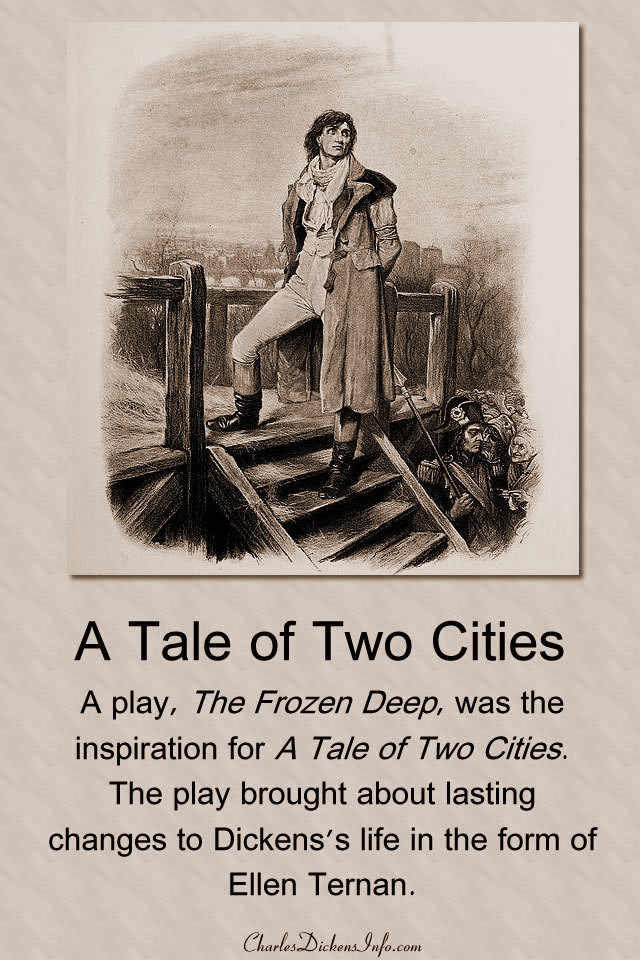
Last Updated September 29, 2021
A Tale of Two Cities was the twelfth novel of Charles Dickens. The first chapters of the book appeared in print in April of 1859. The last chapter was printed in November of that same year.
The novel was illustrated by Phiz, better known as Hablot Knight Browne.
It’s interesting to note that Dickens wrote two historical novels, A Tale of Two Cities and Barnaby Rudge.
Table of Contents
A Tale of Two Cities – Dickens’s Life At The Time
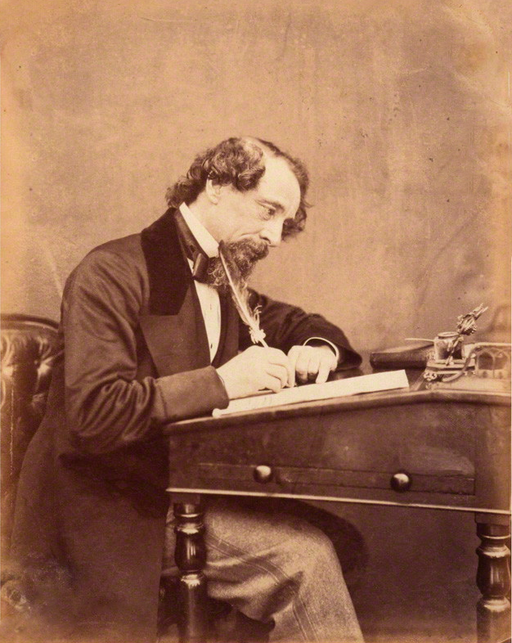
Charles Dickens in 1858
In January of 1857 the first performances of The Frozen Deep were given. (Dickens played the role of Richard Wardour.) The play gave Dickens the idea for A Tale of Two Cities.
Later that year Dickens met Ellen Ternan, an actress hired to act in benefit performances of The Frozen Deep. Ellen later became his mistress.
Dickens separated from his wife, Catherine, in 1858.
In March of 1859 Dickens began writing A Tale of Two Cities.
The French Revolution and A Tale of Two Cities
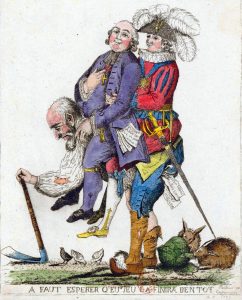
Drawing of the Third Estate carrying the First Estate (clergy) and the Second Estate (nobility) on its back
A Tale of Two Cities is a historical novel that takes place during the French Revolution.
The French people were tired of the social and economic inequalities enforced by the ruling monarchy. The aristocracy and clergy lived a life of luxury while people in the Third Estate (peasants, artisans, merchants and professional men) paid most of the taxes and didn’t have as many rights.
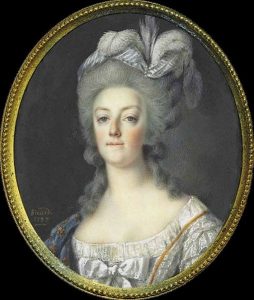
Marie Antoinette by Louis Marie Sicard
Legend has it that when the queen of France, Marie Antoinette, was told that the poor people didn’t have any bread to eat she responded, “Let them eat cake.”
The French Revolution began in 1789. That year saw the storming of the Bastille prison.
In September of 1792, France was declared a republic and the monarchy was abolished.
In an effort to preserve the newly-founded republic many people were put on trial for crimes against the state. Thousands of people were sentenced to death in unfair trials and many more people were imprisoned.
The darkest days of the revolution are known as The Reign of Terror. It began in September of 1793 when Maximilien de Robespierre and his Committee of Public Safety declared:
It is time that equality bore its scythe above all heads. It is time to horrify all the conspirators. So legislators, place Terror on the order of the day! Let us be in revolution, because everywhere counter-revolution is being woven by our enemies. The blade of the law should hover over all the guilty.
During the Reign of Terror 17,000 people were officially executed. It’s estimated that an additional 10,000 people died in prison or without a trial.
In 1794 the Reign of Terror ended when Robespierre and his associates were arrested and executed.
Famous First Lines
The first line of A Tale of Two Cities is often quoted.
It was the best of times, it was the worst of times, it was the age of wisdom, it was the age of foolishness, it was the epoch of belief, it was the epoch of incredulity, it was the season of light, it was the season of darkness, it was the spring of hope, it was the winter of despair, we had everything before us, we had nothing before us, we were all going direct to heaven, we were all going direct the other way–in short, the period was so far like the present period, that some of its noisiest authorities insisted on its being received, for good or for evil, in the superlative degree of comparison only. – A Tale of Two Cities
The Frozen Deep
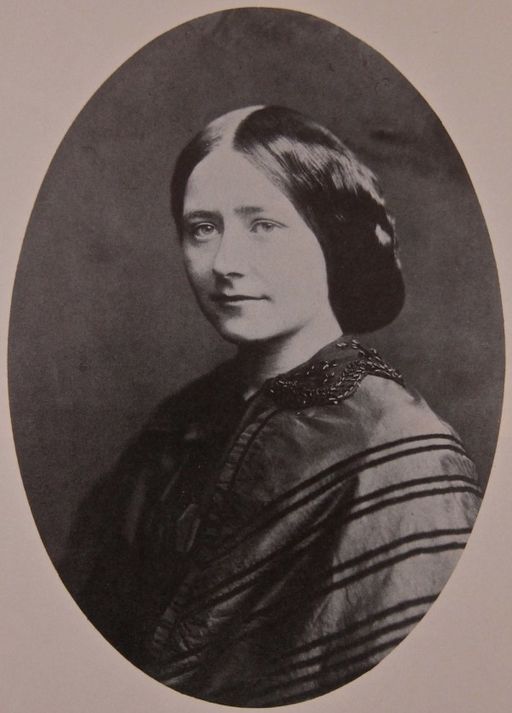
Ellen Ternan
The Frozen Deep, a play written by Wilkie Collins, was the inspiration for A Tale of Two Cities. In 1857 Dickens acted in the play and portrayed the character of Richard Wardour.
In the play, Wardour is in love with Clara Burnham. Wardour decides that he’s going to kill Frank Aldersley because Frank stole Clara. However, Wardour ends up saving Aldersley’s life at the cost of his own. Wardour dies in Clara’s arms and earns her eternal gratitude for saving the life of the man that she loves.
In addition to giving Dickens the idea for A Tale of Two Cities, the play brought about lasting changes to Dickens’s life.
In 1857 Dickens was not happy in his marriage. The once-happy couple had grown apart.
Professional actresses were hired to act in a benefit production of The Frozen Deep. One of them was Ellen Ternan. She became Dickens’s mistress. Their affair lasted until Dickens’s death in 1870.
Theme of A Tale of Two Cities
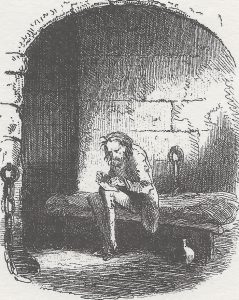
Dr. Manette in the Bastille Prison by Phiz
In A Tale of Two Cities Doctor Manette is imprisoned for many years. He is kept in solitary confinement for years. His only activity is making shoes and when asked his name he gives the name of his prison cell, “One Hundred and Five, North Tower.”
So harsh are his circumstances that it as if he were buried alive.
Sydney Carton is another character who is buried alive. However, in Sydney’s case, the burial is of his own choosing.
Sadly, sadly, the sun rose; it rose upon no sadder sight than the man of good abilities and good emotions, incapable of their directed exercise, incapable of his own help and his own happiness, sensible of the blight on him, and resigning him-self to let it eat him away.
Carton is skilled at his profession, but he dislikes himself and sees nothing of value in life. However, when Carton meets Lucie Manette his views change.
“I wish you to know that you have been the last dream of my soul. In my degradation I have not been so degraded but that the sight of you with your father, and of this home made such a home by you, has stirred old shadows that I thought had died out of me. Since I knew you, I have been troubled by a remorse that I thought would never reproach me again, and have heard whispers from old voices impelling me upward, that I thought were silent for ever. I have had unformed ideas of striving afresh, beginning anew, shaking off sloth and sensuality, and fighting out the abandoned fight. A dream, all a dream, that ends in nothing, and leaves the sleeper where he lay down, but I wish you to know that you inspired it.”
More About A Tale of Two Cities
Quote Collection from A Tale of Two Cities



